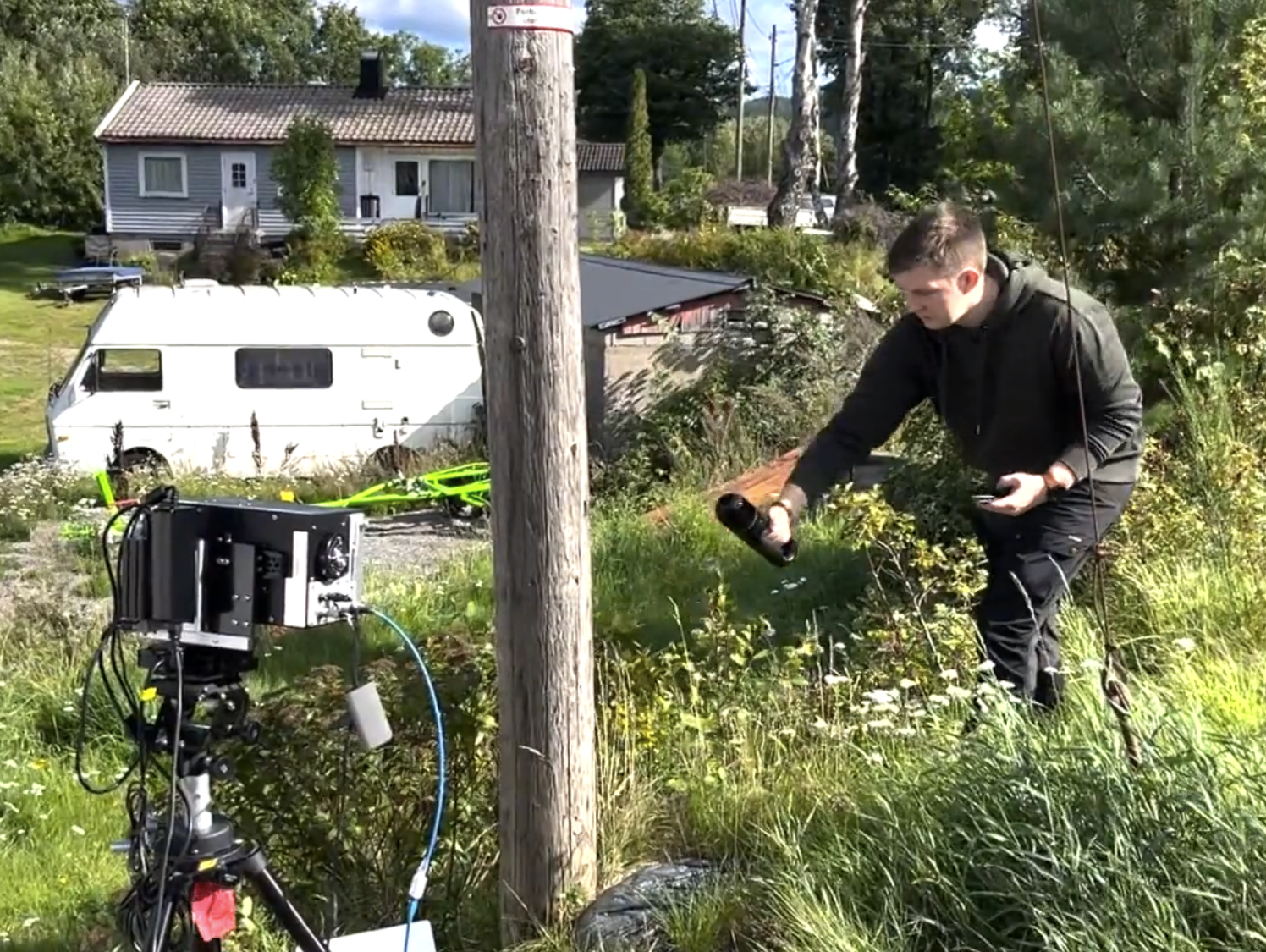The wooden poles that carry power and telephone lines must be regularly inspected to ensure they don’t pose a risk to the infrastructure. The inspections are conducted manually and are resource-intensive and costly. Rot in the wooden poles is a particular challenge as it is often not visible from the outside but can significantly weaken the wood and thereby reduce its lifespan.
Researchers at NORCE and the Department of Physics at NMBU in Grimstad have now developed a method that can help reduce maintenance costs. They have investigated whether rot in wooden poles can be detected from a distance using new sensor technology - a hyperspectral camera:
– A hyperspectral camera records a spectrum per pixel and can thus see the chemical composition of the object. I have researched the detection of rot in wood with this camera," explains senior researcher Arnoud Jochemsen at NORCE.

